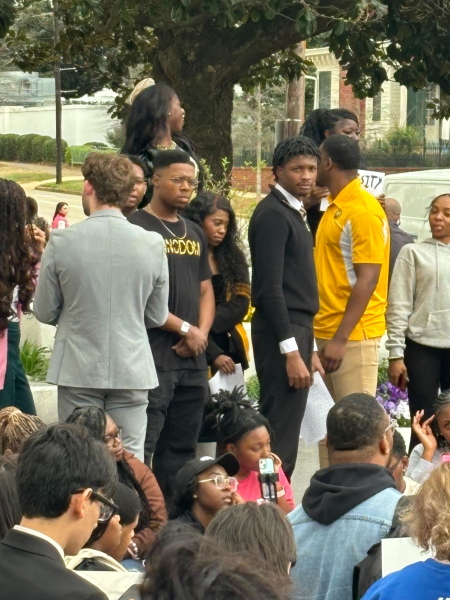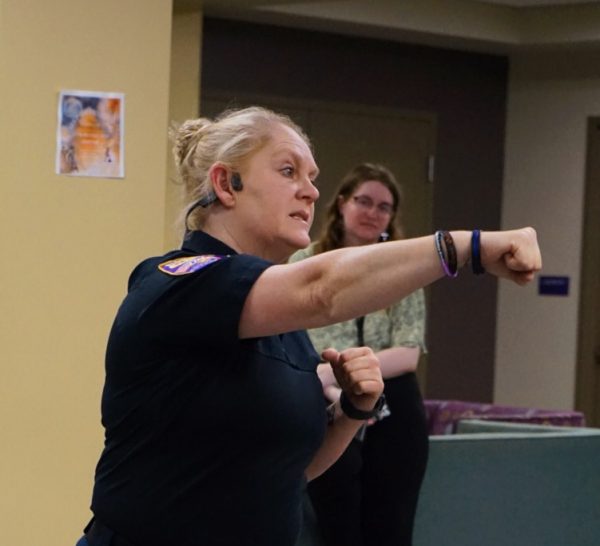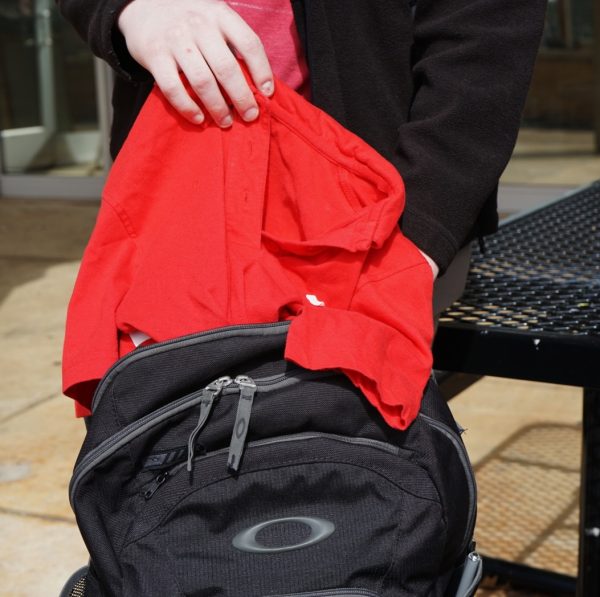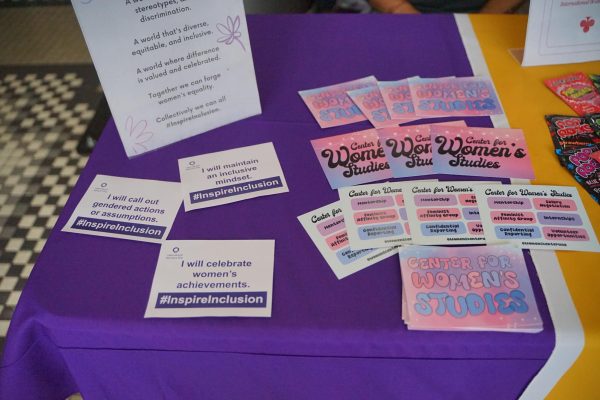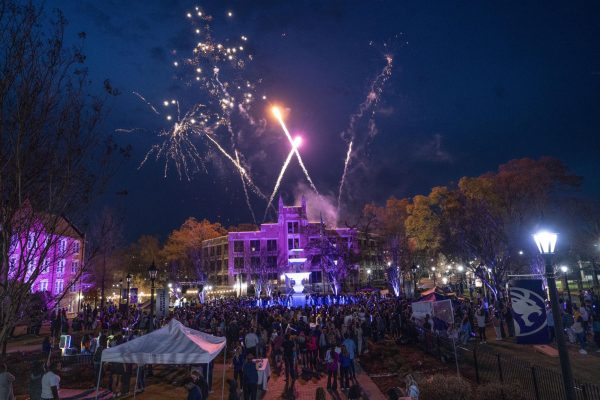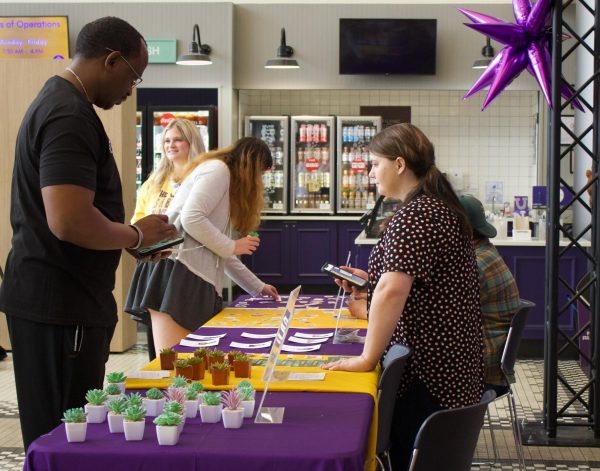Sexual violence assessment analyzes campus climate
October 2, 2014
One in five women is sexually assaulted in college, according to the 2014 White House Task Force Report.
To assess power-based violence on campus, the UNA Title IX Education and Prevention Advisory Board released a Student Campus Climate Survey Sept. 29. The survey is the first step in a multistep process to end sexual violence on campus, said Amber Paulk, principal investigator for the Student Campus Climate Title IX Advisory Board.
Paulk said even one victim is too many.
“Bottom line: Sexual assault is a problem on campus,” said junior Madason McCurdy.
McCurdy said she questions her safety because of sexual assaults that have occurred on campus since she came to UNA.
The White House Task Force to Protect Students From Sexual Assault released a report April 2014 co-chaired by the Office of the Vice President and the White House Council on Women and Girls outlining an action plan for campuses across the nation.
Vice President Joe Biden responded, “Freedom from sexual assault is a basic human right.”
The board has one goal: to ensure campus is a safe place for everyone, Paulk said.
She said the goal of the survey is to establish a baseline of students’ experiences of sexual assault and interpersonal violence, and to identify perceptions of the campus climate and the resources available to victims.
“This baseline will help us understand if the prevention programming we put into place over the next few years is having an impact and helping us create as safe a campus as possible,” Paulk said.
The education, training and prevention steps are part of new Title IX regulations, which address sexual harassment, gender-based discrimination and sexual violence.
UNA is following suit with the guidelines set forth by the White House Task Force, Paulk said.
The first step is identifying the problems students have experienced with sexual assault through the Student Campus Climate Survey.
The anonymous, voluntary survey contains four parts: a student’s view on campus violence, experiences on campus, attitudes and behavior toward sexual violence, and demographics.
Paulk said a rule in Alabama only permits those ages 19 and older to independently consent to take the survey. Eighteen-year-old students may take the survey only with parental consent.
“At the beginning and end of the survey, we include phone numbers for UNA Student Counseling Services and Rape Response in case a student experiences any discomfort while taking the survey,” she said.
Students do not have to take the survey and can exit the screen at any time, Paulk said.
“We are encouraging every student to consider taking the survey, because it will give the university a better gauge of where we are and what we can do to prevent sexual assault and interpersonal violence, and enhance our services when they occur,” she said.
Title IX advisory student member and Infinity Project volunteer Jacob Ezell said his research has shown sexual violence is evident on all campuses.
“Previously, education has been centered on teaching people, more specifically women, how to defend themselves against rape,” he said. “But now, education is focusing on prevention of rape in the first place.”
Ezell said the conversation as to whether the survey would revictimize survivors was debated before its release.
In a 2013 Journal of Clinical Psychology article entitled, “The Effect of Participating in a Trauma-and Stressful Event-Focused Study” researchers found “women who have experienced a very stressful or traumatic event can generally participate in trauma-focused research without harm.”
The article also suggested the possibility of such studies being helpful to the participants.
“The survey doesn’t get so specific as to ask the details of who, when and where sexual violence occurred, but just whether something negative happened,” Ezell said.
The survey runs through Dec. 3 and takes 25-40 minutes to complete.
“The survey gives victims and nonvictims the chance to empower change on campus. Absolutely every voice matters,” Paulk said.
After survey results are accumulated, Paulk said, the next step is implementing bystander training in January.
The third step in the White House action plan is ensuring the university has a plan in place to effectively respond when a student is assaulted, Paulk said.
She said the final step is increasing transparency and improving enforcement by holding UNA liable for taking the correct protocol to protect and support students.



